The benefits for schools to incorporate Artificial Intelligence and Machine Learning into curricula to meet educational needs
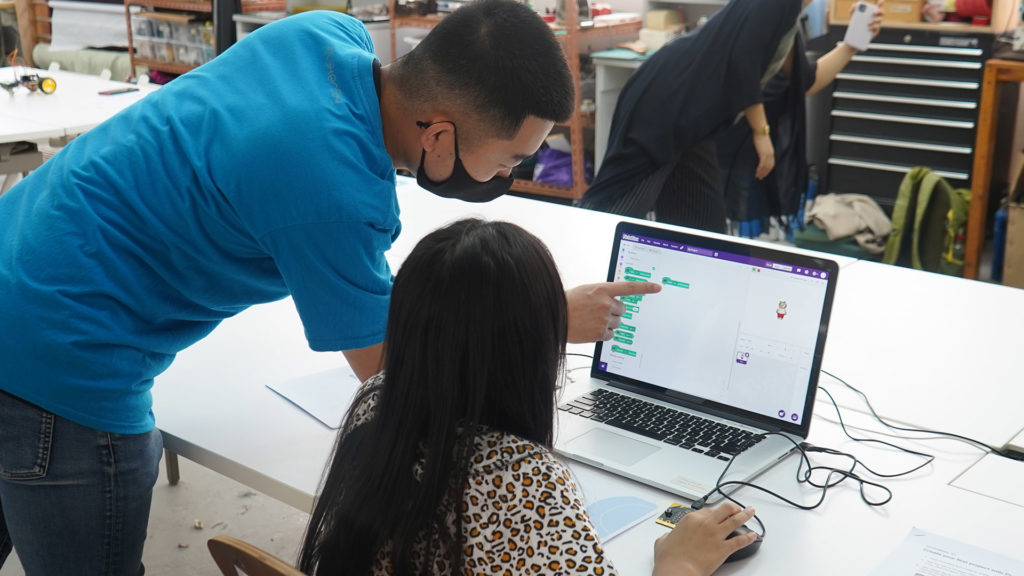
According to a global education technology company Promethean World, 86% of the teachers agree that technology should be a core part of education. It is indeed not so difficult to find successful cases of AI-incorporated education on the Internet nowadays. Many areas can potentially adopt AI and ML, ranging from school assessment, grading, smart school, online and mobile education to teaching AI and ML directly. MakerBay Foundation also provides different online AI and STEM workshops for primary or secondary school students.
Fostering Interdisciplinary learning by introducing STEM
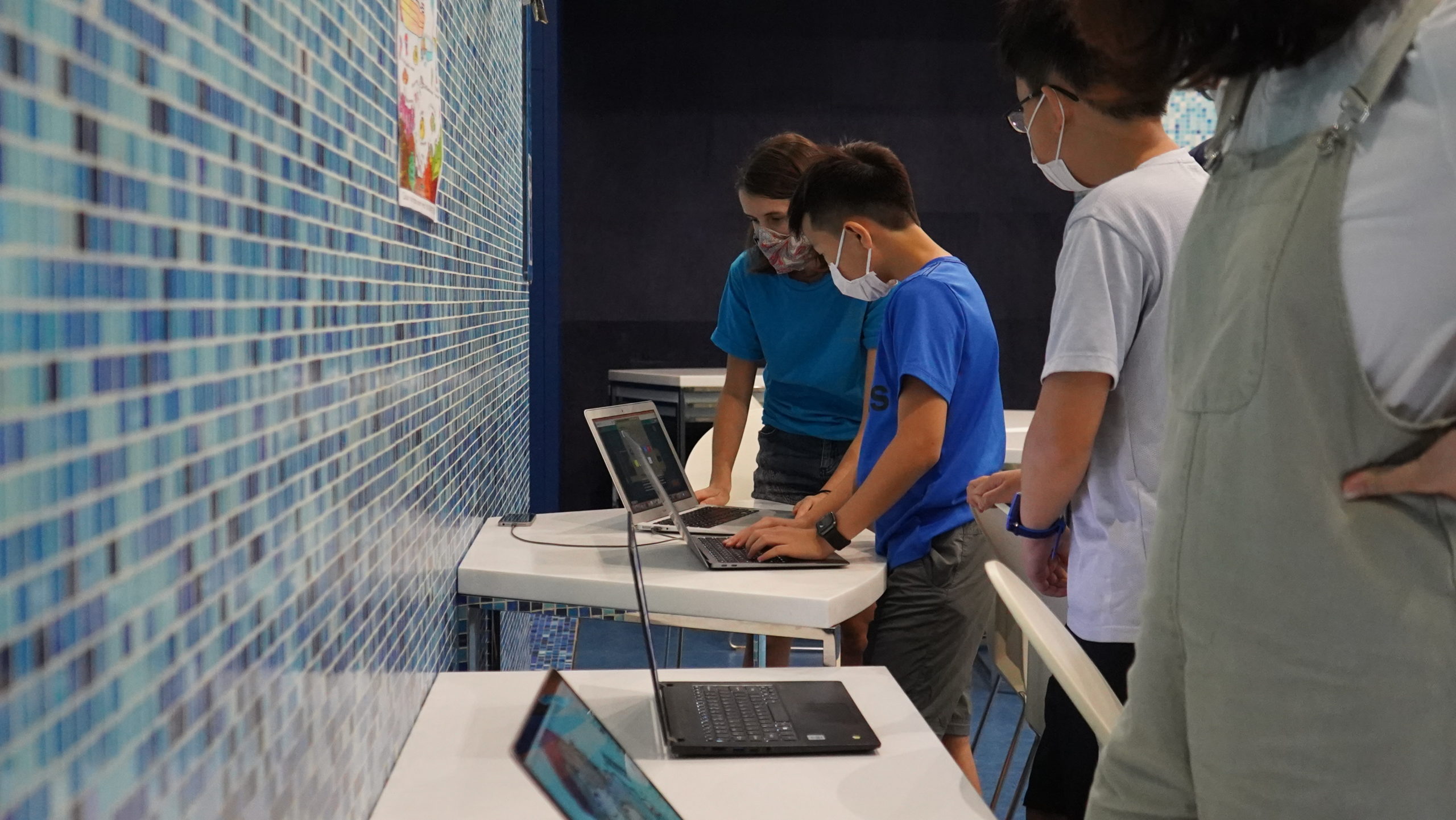
Motivating learning by encouraging creativity and enhancing problem-solving skills
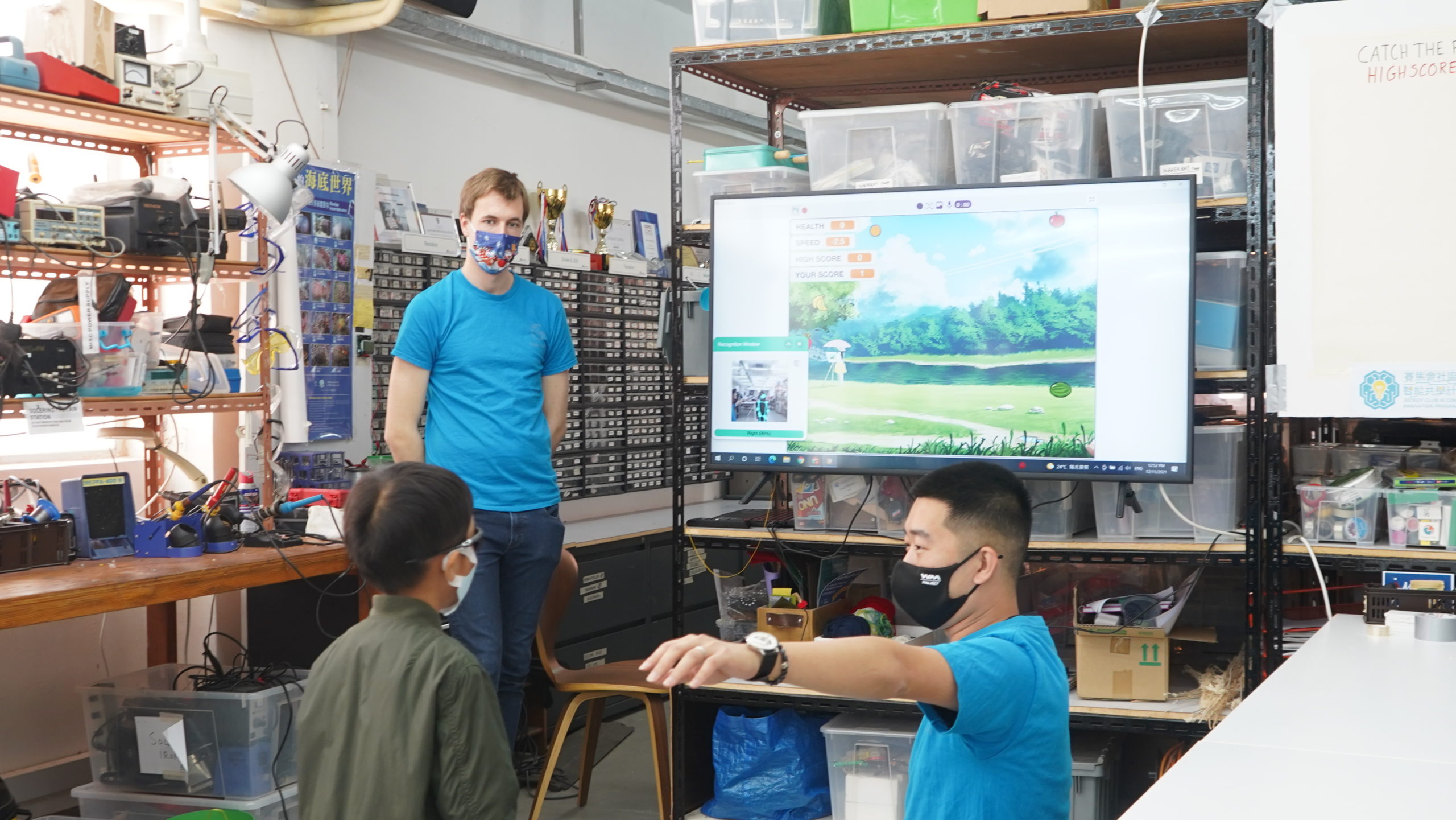
Designing solutions for solving real-world problem to accumulate career-related experience (CRE) in Other Learning Experience (OLE)
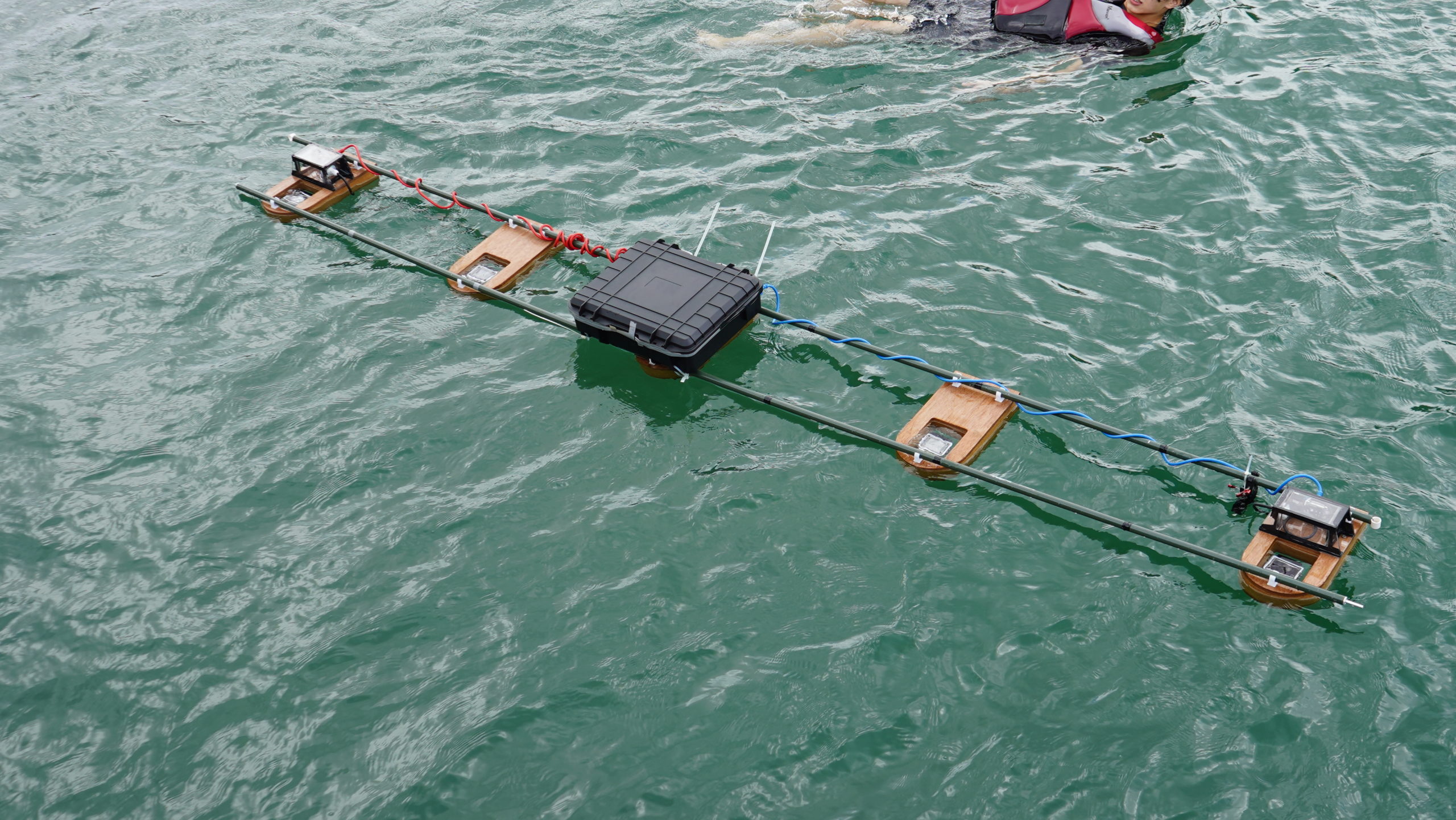
Conclusion
Artificial Intelligence and machine learning are booming domains capable of changing every aspect of our society. In education, AI has begun producing new teaching and learning solutions that are now being adopted by schools all around the world gradually. The above discussed how learning AI and ML are relevant to the syllabus, how it can motivate students to learn, and taking AI and ML learning as Other Learning Experience, in order to fulfill common needs of Hong Kong schools. For the benefits to be realized or even maximized, it is important to customize learning materials according to students’ grade, strength, interests. MakerBay Foundation understands this and therefore offers various courses and workshops for students of different levels. Explore more to find the most suitable one for you starting from today!

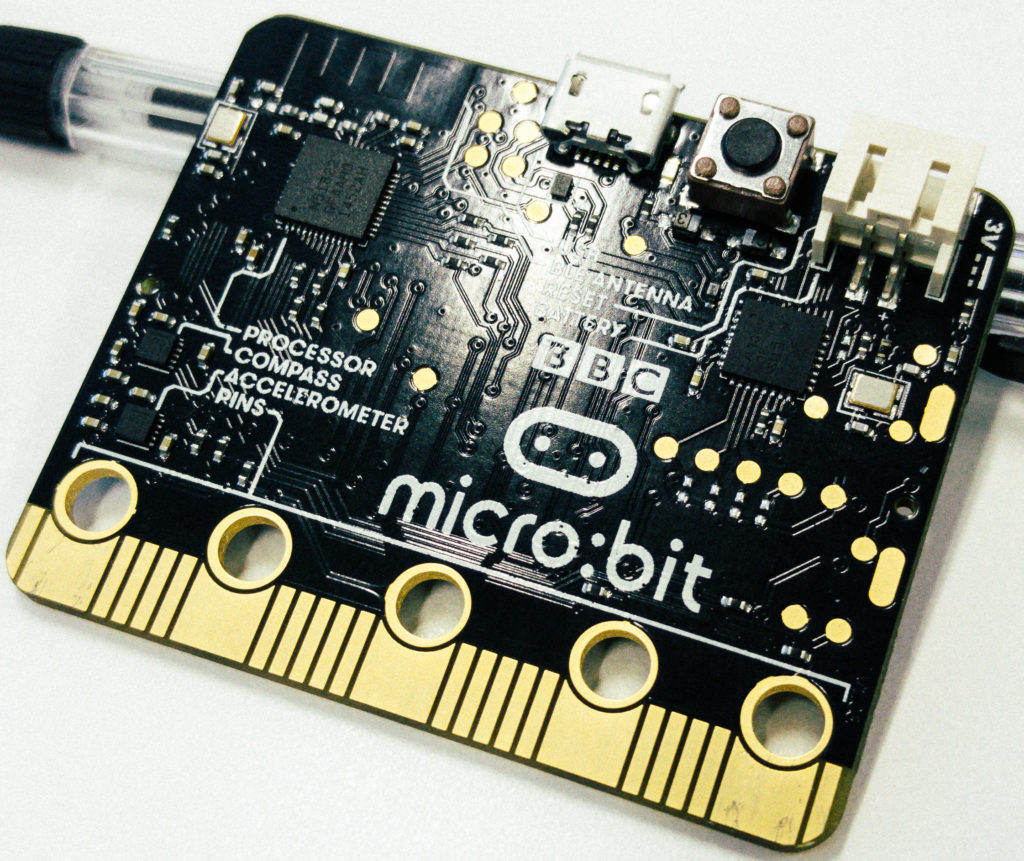
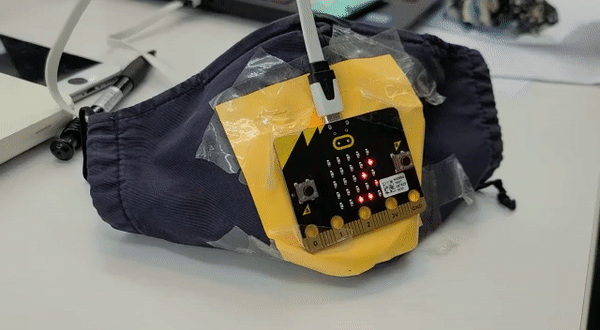
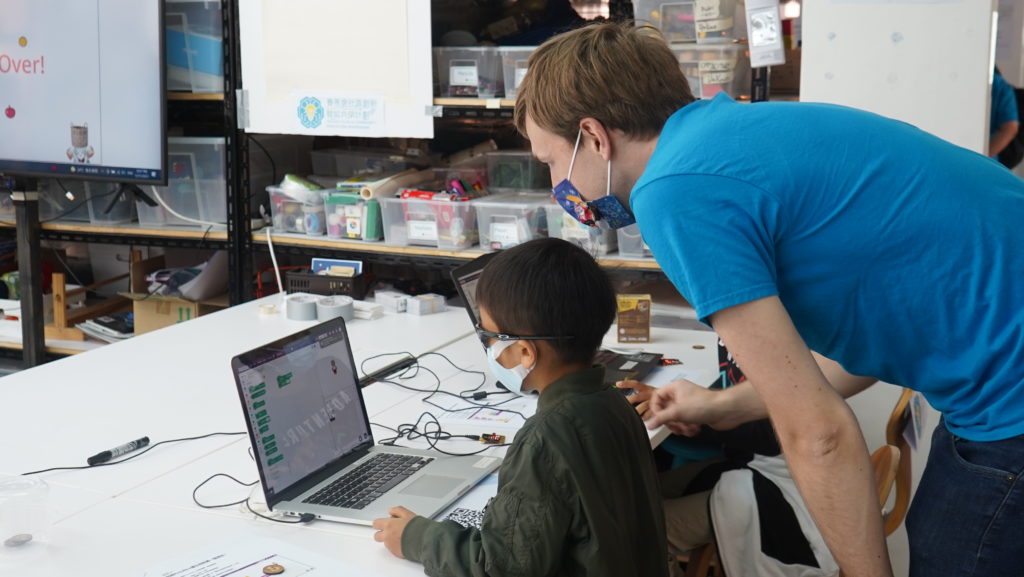
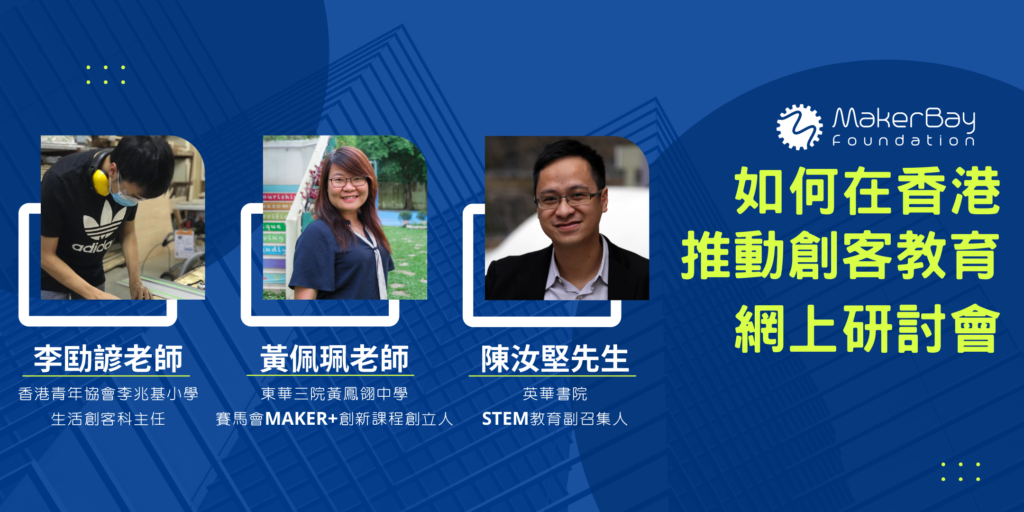

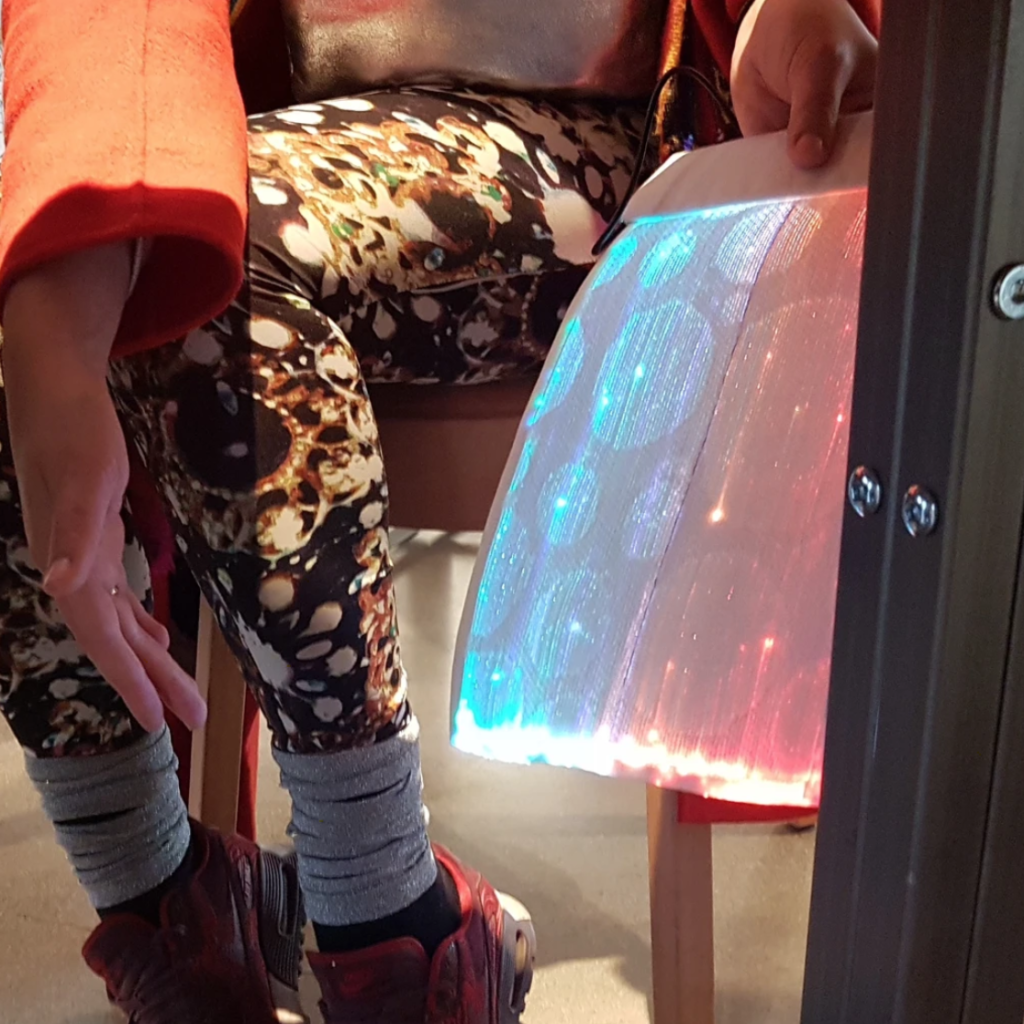
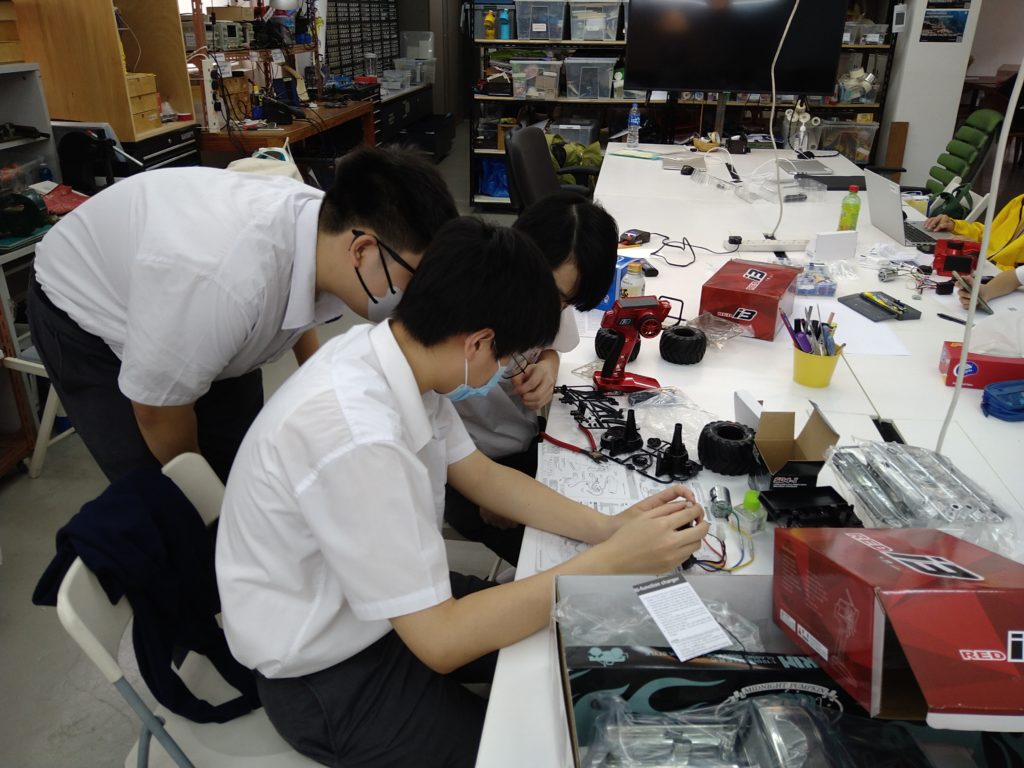

Responses